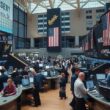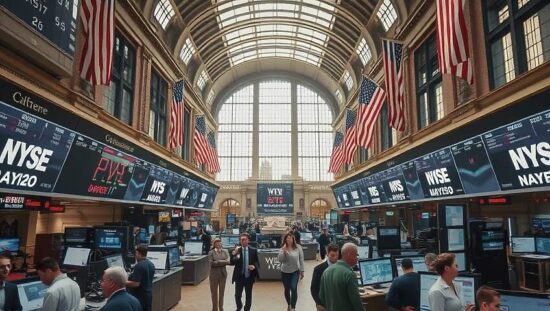The German stock market opened Thursday with a bullish sentiment, driven largely by the positive reverberations from Nvidia’s latest earnings report. The DAX index, a key benchmark for German equities, began trading around 23,375 points, a 0.9% increase from the previous day’s close. Siemens Energy, Infineon and Rheinmetall led the gains, while Daimler Truck, BASF and Symrise trailed.
The market’s reaction underscores a broader narrative surrounding the artificial intelligence sector. According to Thomas Altmann of QC Partners, Nvidia’s record-breaking Q3 results – described as “the best quarter in the company’s history” – are injecting renewed confidence into the market and, crucially, assuageing fears of an impending “AI bubble”. While speculative fervor remains a risk, Nvidia’s performance is being framed as a validation of the substantial investments flowing into AI infrastructure and applications.
This upward momentum presents the DAX with an opportunity to break a concerning five-day losing streak, the longest since a six-day decline in June. This consistent downward trend had previously raised anxieties over the underlying health of the German economy and the resilience of its industrial sector, particularly given ongoing geopolitical uncertainties and persistent inflationary pressures.
The euro experienced a slight depreciation, trading at $1.1516, reflecting a complex interplay of factors including divergent monetary policies and fluctuating investor risk appetite. This relative weakness could, in the short term, benefit exporters but also contributes to broader economic volatility.
Meanwhile, the price of Brent crude oil rose to $63.86 a barrel, a 0.6% increase. While this uptick may contribute to inflationary concerns, it also reflects the persistent supply-demand imbalances affecting the global energy markets, further complicating the macroeconomic outlook and potentially impacting corporate profitability across several industries. The interconnectedness of these market signals highlights the delicate balance policymakers face in navigating a path toward sustainable economic growth.





